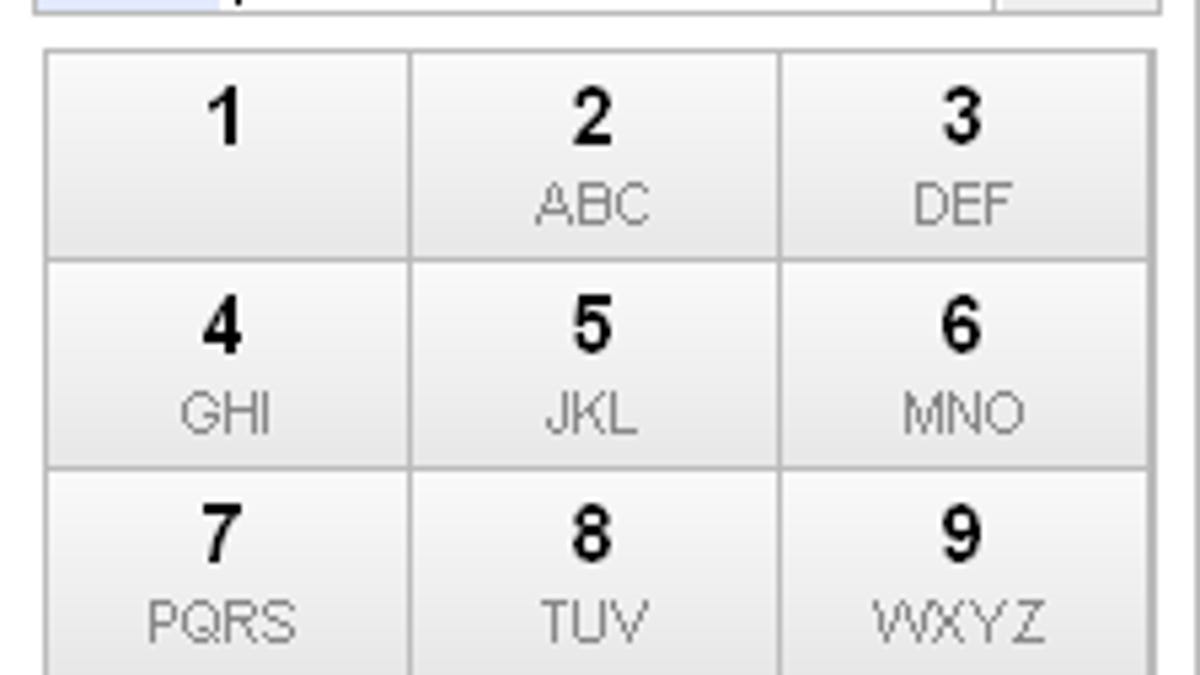Use Gmail to make VoIP calls: Hands-on review
We fired up Google's new phone feature in Google Talk to make calls for free to people in the U.S. and Canada, right from Gmail. Here's our hands-on review.

With Google's rollout Wednesday to Gmail, the built-in Google Talk chat app is finally getting its own voice. Specifically, a plugin that lets you surface a dial pad so you can launch VoIP calls from the Gmail.com in-box, or from within iGoogle. The big caveat is that the service is currently being rolled out only to U.S. Gmail users.
We've been expecting something like this to happen since Google snapped up VoIP company Gizmo 5 last November, and there's even been speculation that this could have been
Calling from Gmail
We tested the Google Talk VoIP capabilities on a Windows desktop, a Windows laptop, and a Mac laptop. You'll see the "Call phone" button in the Google Talk sidebar just under your name and status bar. In some cases, clicking to activate Google Talk's VoIP service will prompt you to install the Google Talk voice and video plugin before you can begin dialing. The plugin is requisite, but you may have already done so to try out video calls, an existing feature.
It may go without saying, but we'll say it anyway--you will need to have a microphone handy, either in the computer itself, or in a headset, in order to hear your caller from your computer.
The VoIP interface itself is plain, in typical Google fashion, with just a dial pad on the bottom right of the screen. One extra tab shows your call history. Making outbound calls is straightforward--just type the digits. Since the new VoIP chat feature is integrated with your Google address book, you can also type a contact's name to get their number to appear; then call, call away.
We were pleased with the call quality, overall, which we tested with other U.S. callers using landlines and mobile phones. Calls were loud and mostly clear, however, there were a few moments of garbled voices on multiple calls. There was also sometimes a noticeably persistent high buzz, but it did not distract from the meat of the call. The experience was about on par for VoIP calls, which are known to break up due to variable conditions with the callers' hardware, strength of Internet connection, and the telecommunications channels that process the voice data.
We were also able to link our Google Voice account to our Gmail account. This made it possible to receive and answer inbound calls from our Google Voice number, though it isn't necessary to have a Google Voice number to use the new VoIP feature in Google Talk. However, you will need a Google Voice account to pay for International calls (Google Voice numbers are free, by the way.)
Is Google's VoIP a Skype killer?
We're going to hold off on any final pronouncements until we live with the service for a while and get some more local and international calls under our belt. What we will say is that there are a few compelling reasons for users to choose Google Talk's Gmail VoIP service over Skype, and convenience is chief among them.
Google Talk has already had a video chat integrated into the service; this competes with video calls made through Skype, Yahoo Messenger, Windows Live Messenger, and other chat services. Adding free local and low-price international calls will be attractive to users who can easily launch a voice call from within Gmail if video isn't an option. However, we didn't notice an easy way to switch between voice and video calls once a phone call was under way.
Having the VoIP service tie into the Google address book is another perk that could attract new users. If you're keeping track of the service offerings, then the ability to make free outbound calls from the computer to a landline (in the U.S. or Canada) may tip the scale in Google's favor, depending on your individual calling habits. Skype calls are free from any computer in the world to any other (or from one mobile Skype app to another), but calling from the computer to the landline requires purchased credits. Google's phone calling service currently doesn't appear to dial other users through their Gmail accounts.
According to a Google's chart on calling rates (pictured above), calls cost 2 cents a minute to landlines in the U.K. and France, and 6 cents a minute to India. As CNET mentioned in an earlier post, Google says it has no plans to raise rates beyond 2010, though the company will see if it grosses enough on international calls to continue supporting free calls to the U.S. and Canada.

